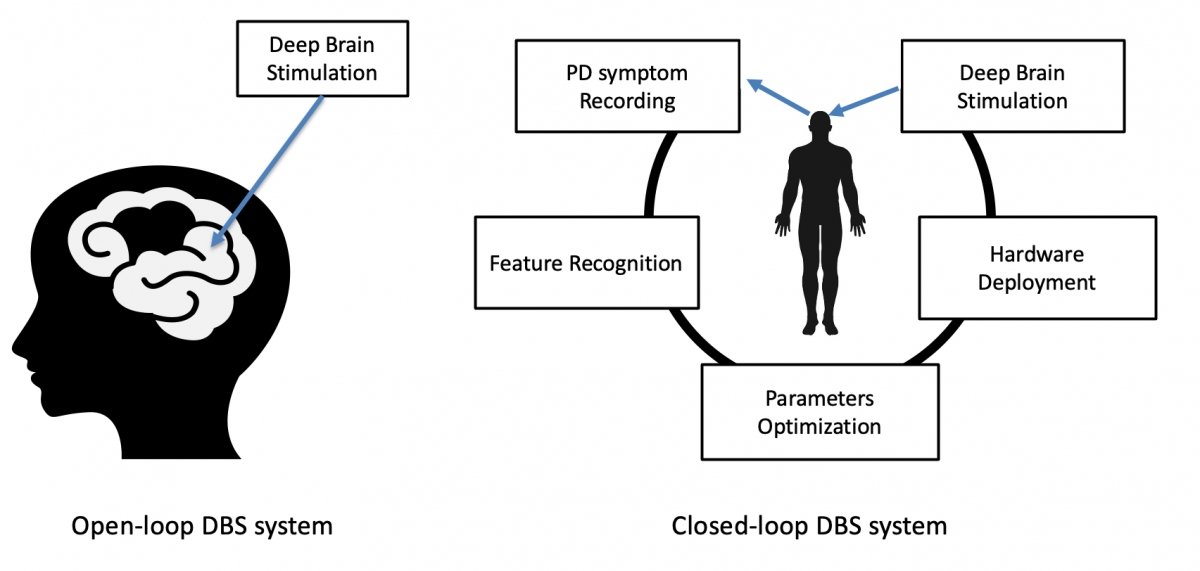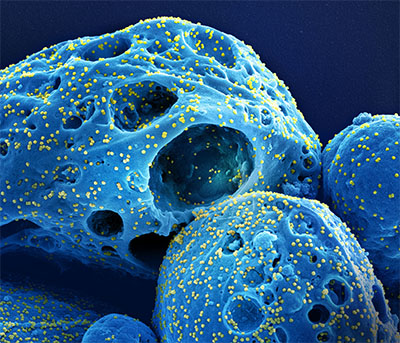2023-03-22 ミシガン工科大学
 A comparison of Open-Loop and Closed-Loop DBS systems. (Graphic courtesy Hongyu An and Traci Yu)
A comparison of Open-Loop and Closed-Loop DBS systems. (Graphic courtesy Hongyu An and Traci Yu)
現在の深部脳刺激システムは、患者の臨床状態に関係なく一定の頻度で刺激信号を脳に送信するオープンループシステムであり、バッテリー寿命が課題となっている。研究者は、閉ループシステムとして神経形態学的チップを使用し、症状に合わせて信号を調整するシステムの開発を行っている。これにより、患者のニューロン活動を測定し、スパイクニューロンネットワークを使用してパーキンソン病の症状を検出し、最適な電気刺激パルスを生成することができる。
<関連情報>
- https://www.mtu.edu/news/2023/03/michigan-tech-researchers-develop-smart-deep-brain-stimulation-systems-for-parkinsons-patients.html
- https://ieeexplore.ieee.org/document/9806207
Memristive Spiking Neural Networkを用いたパーキンソン病に対する閉ループ脳深部刺激のためのベータ発振検出器の設計 Beta Oscillation Detector Design for Closed-Loop Deep Brain Stimulation of Parkinson’s Disease with Memristive Spiking Neural Networks
Zachary Kerman,Chunxiu Yu,Hongyu An
2022 23rd International Symposium on Quality Electronic Design Date Added to IEEE Xplore: 29 June 2022
DOI:https://doi.org/10.1109/ISQED54688.2022.9806207
Abstract
Deep Brain Stimulation (DBS) is a prominent treatment of Parkinson’s disease (PD) that sends stimulation signals into the brain. The Closed-Loop DBS (CL-DBS) is an adaptive DBS system sending optimized and dynamic stimulation signals in accordance with the PD symptoms. The CL-DBS system is implanted and carried by the patients all the time. Thus, it requires advanced intelligence and energy efficiency to maintain a 24/7 real-time operation. However, the state-of-the-art CL-DBS systems are implemented with the traditional integrated circuits that cannot meet these demands. To tackle this challenge, in this paper, we design a novel energy-efficient beta oscillation detector of the CL-DBS system using Spiking Neural Networks (SNNs) and memristive synapses. The proposed SNN-based beta oscillation detector is trained with PD model data and evaluated using experimental data from the PD rats. The improvement of our SNN-based CL-DBS detector is evaluated with the architecture-level simulator NeuroSIM. The reductions of the proposed system on the chip area, latency, and energy are 67.3%, 41.9%, and 11.7% by using memristive synapses compared to the traditional SRAM (6T).


